A Photo Tour of Troy's Architectural Delights
For architectural enthusiasts, Troy has some fabulous gems, including vestiges of its industrial past and intact Gilded Age mansions.

A streetscape in Troy in New York’s Capital District. Photo by Susan De Vries
While quaint small towns in the Hudson River Valley have a wealth of old houses for architecture buffs to enjoy, it is hard to be beat Troy for the sheer quantity of architecturally wonders, from vestiges of its industrial past to intact Gilded Age mansions.
Situated along the Hudson River, it sits in Rensselaer County, just north of Albany and part of the Capital District. Troy had its heyday in the 19th century when its industrial might brought iron stoves to American households and kept citizens in cuffs and collars.
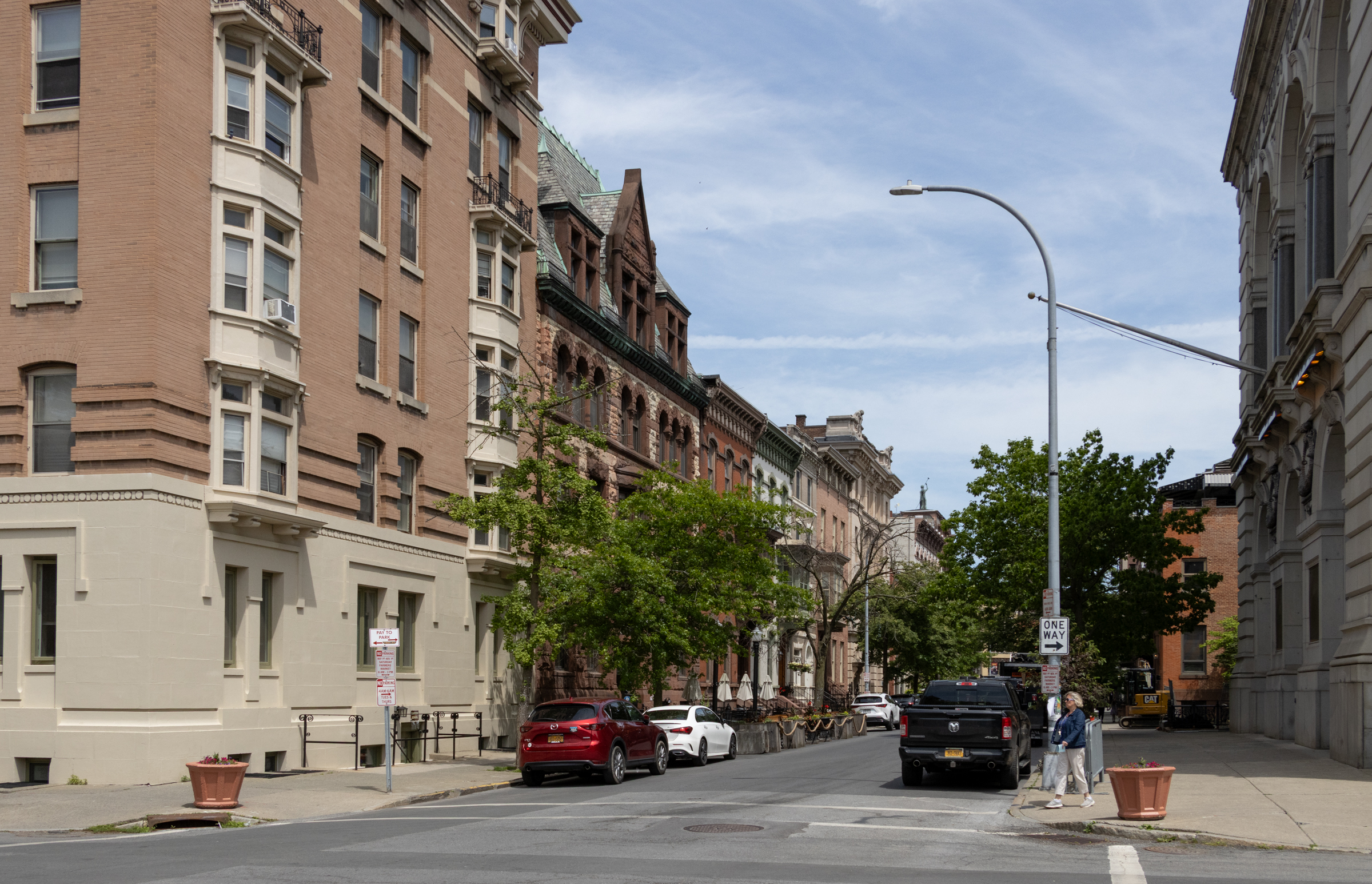
When the factories faded away Troy didn’t escape urban renewal efforts in the mid 20th century unscathed, but it still boasts a surfeit of architecturally distinct buildings. The residential styles will be familiar to Brooklynites, including some grand brownstones, and the city often serves as a stand-in for old New York in films and television, including most recently HBO’s The Gilded Age.
The town center comprises several National Register Historic Districts, including the Central Troy Historic District listed in 1986 and extended in 2016. The Historic District and Landmarks Review Commission was established in the 1970s and supplies homeowners and businesses with information on work within the districts.
An afternoon in the municipality is not long enough to really soak up the variety and splendor. But Brownstoner columnist Suzanne Spellen, a Troy resident, recently provided a history-packed dash around town.
Here are just a few highlights.
Residential buildings
It is quite easy to check off the popular architectural styles of American homes while walking around downtown Troy. Federal, Greek Revival, and Italianate can be spotted along with the many popular revival styles of the mid to late 19th century. There are homes both modest and immense and, since the city was built with alleys, also some lovely carriage houses.
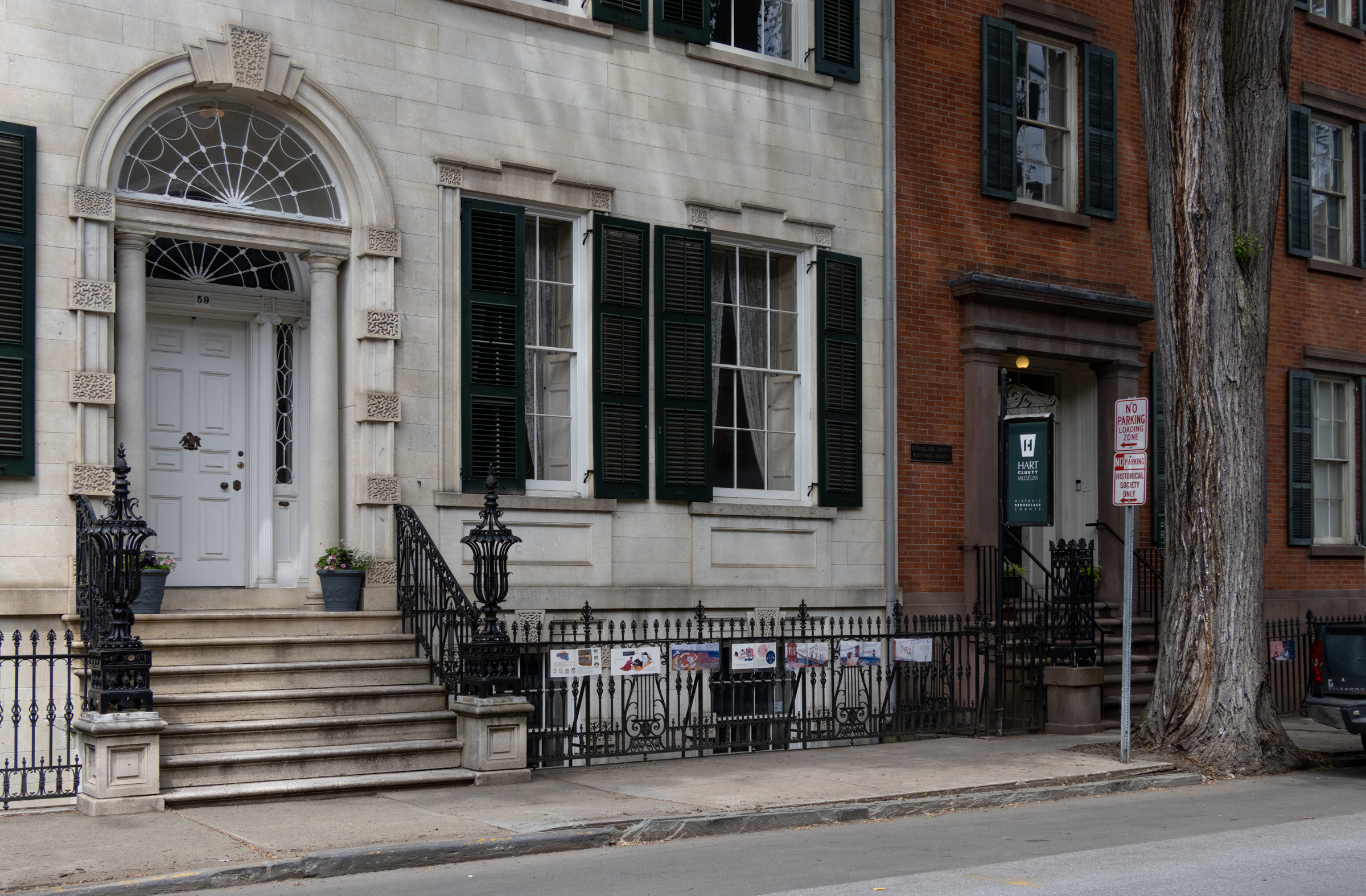
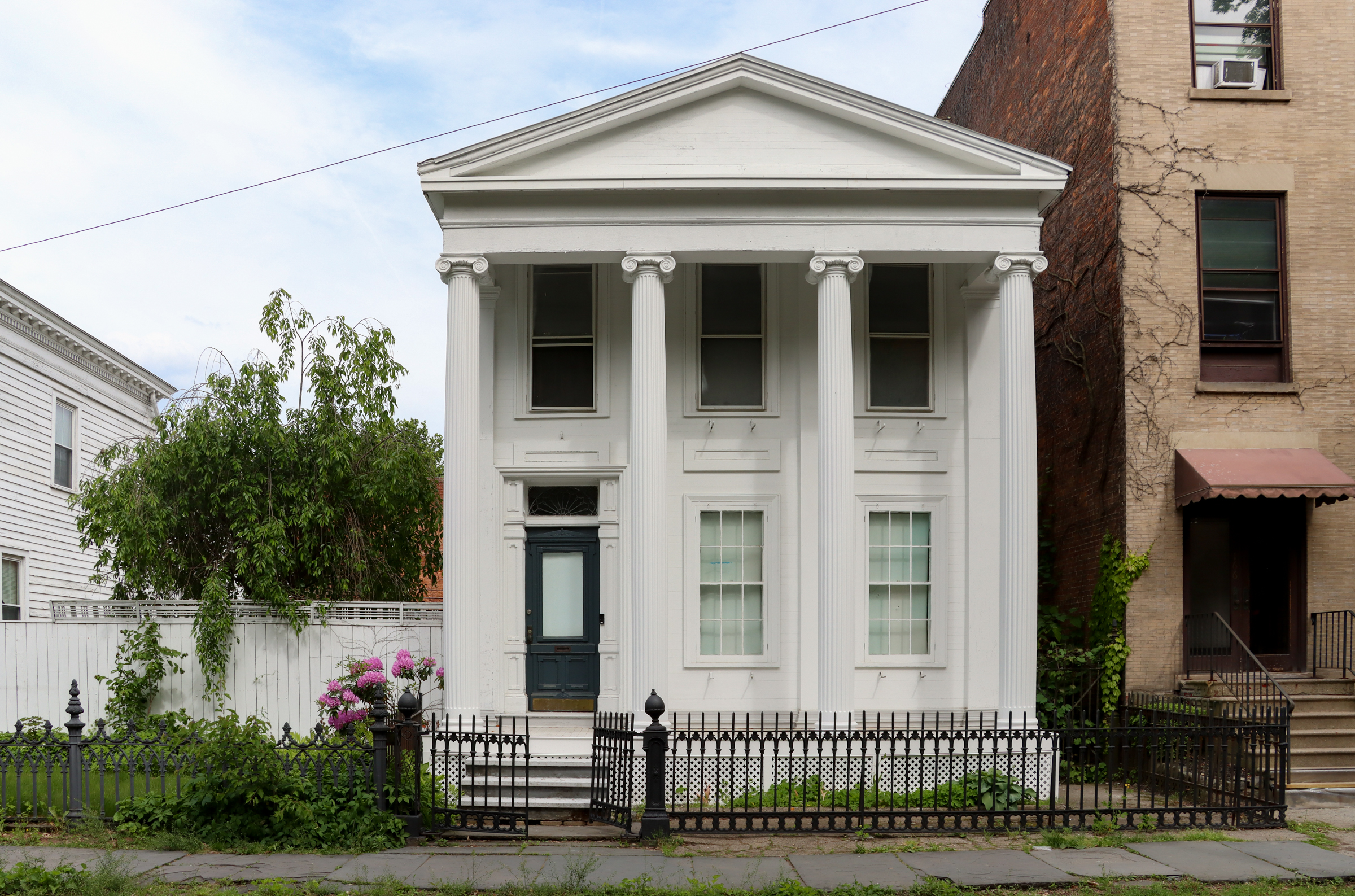
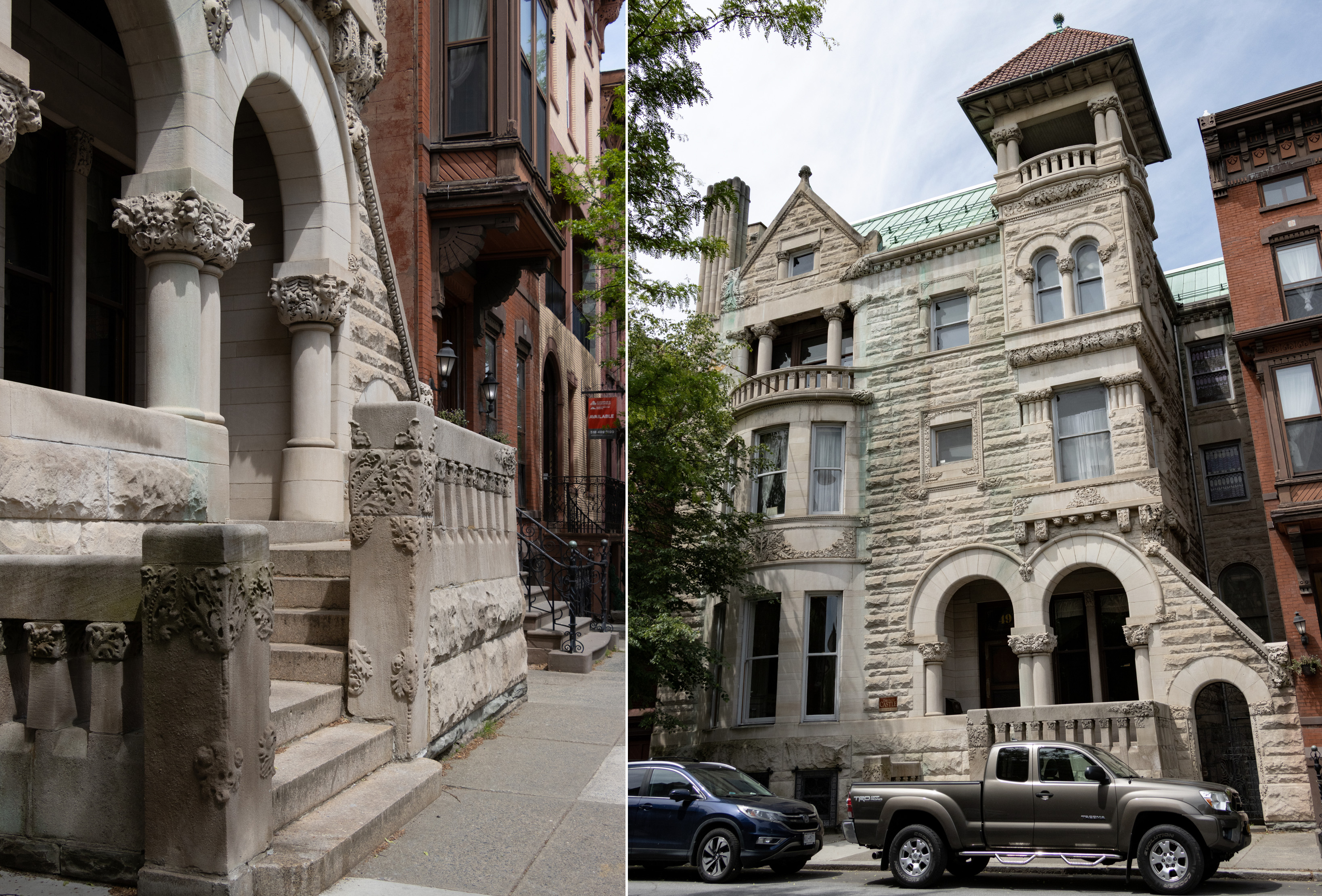

Washington Park
One of the loveliest spots for residential architectural gazing is Washington Park even if you can’t step inside the green space. Plans for developing an exclusive residential neighborhood centered around a private park emerged in the 1830s, and streets surrounding the still-private tranquil green space are filled with 19th century dwellings. The earliest are along the cobblestone-covered Washington Place and were designed as part of a unified blockfront. While there have been some alterations over the decades, the brick dwellings still boast their Greek Revival-style pilasters.



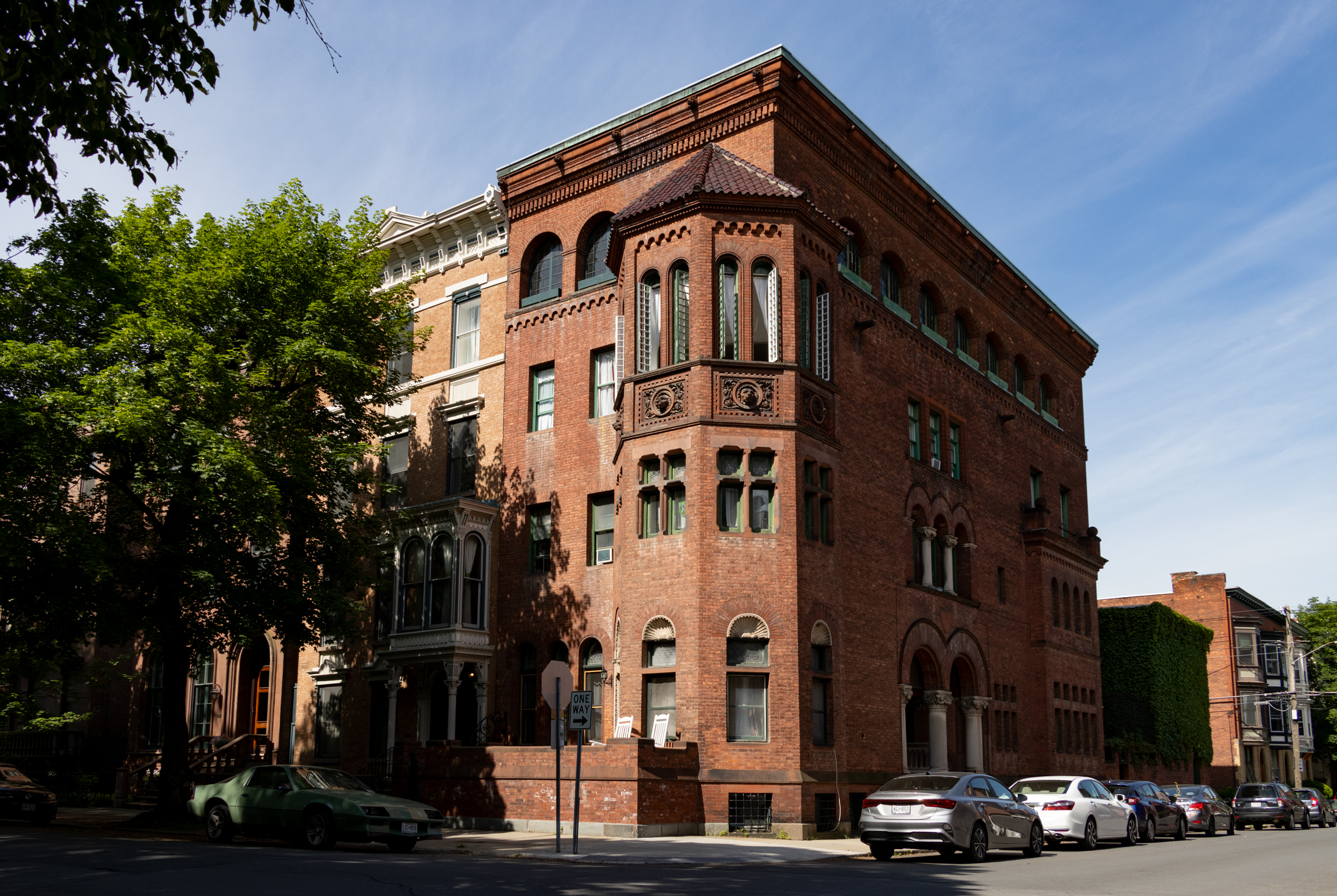
Civic buildings

The impressive facade of the main branch of the Troy Public Library leads into an equally grand interior with stained glass windows, original book stacks, and a high-ceilinged reading room. The Hart Memorial building dates to 1897 and the design, by firm Barney & Chapman, shows the influence of the “City Beautiful” movement inspired by the Columbian Exposition in Chicago.
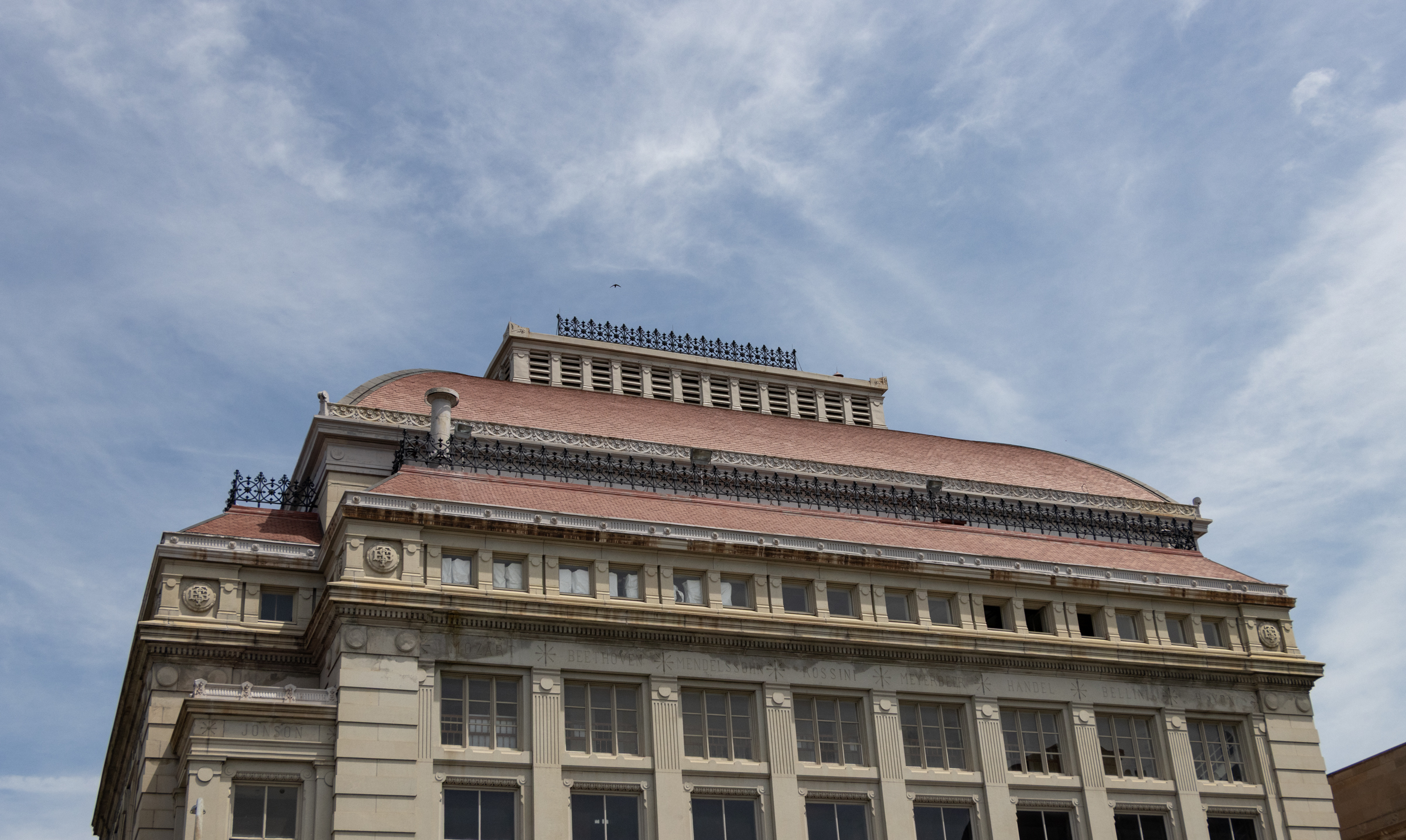
Unusually, the Troy Savings Bank was designed to incorporate a music hall on the top floors. Designed by New Yorker George B. Post, also architect of the Williamsburgh Savings Bank, the building was completed in 1875. Lauded as an acoustically beautiful performing space, a nonprofit organization now hosts a regular schedule of programming.
Commercial structures
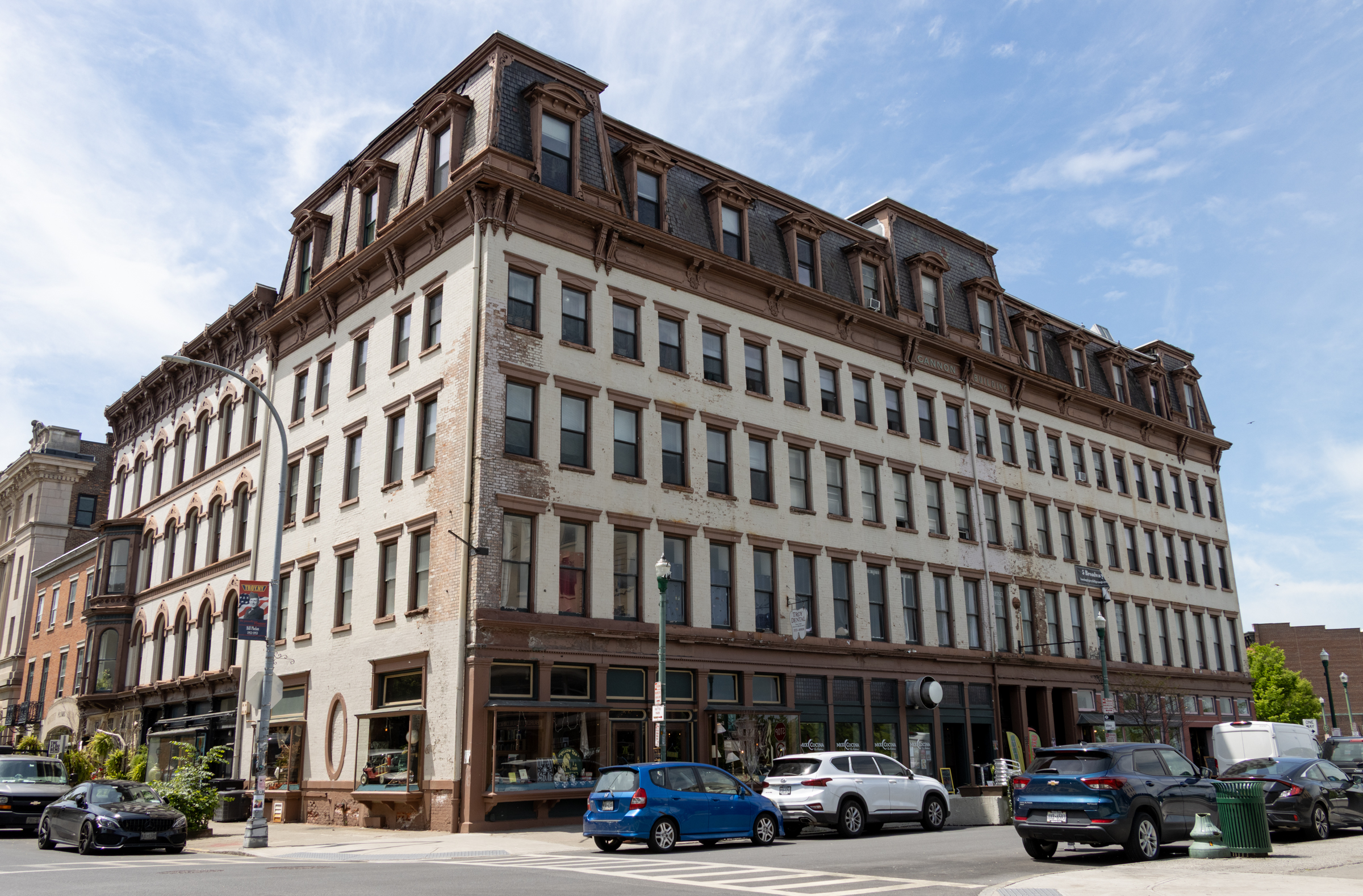
Dominating a blockfront in the town center is the Cannon Building, which began life as a Federal-style commercial structure until alterations later in the 19th century transformed it with a mansard roof.
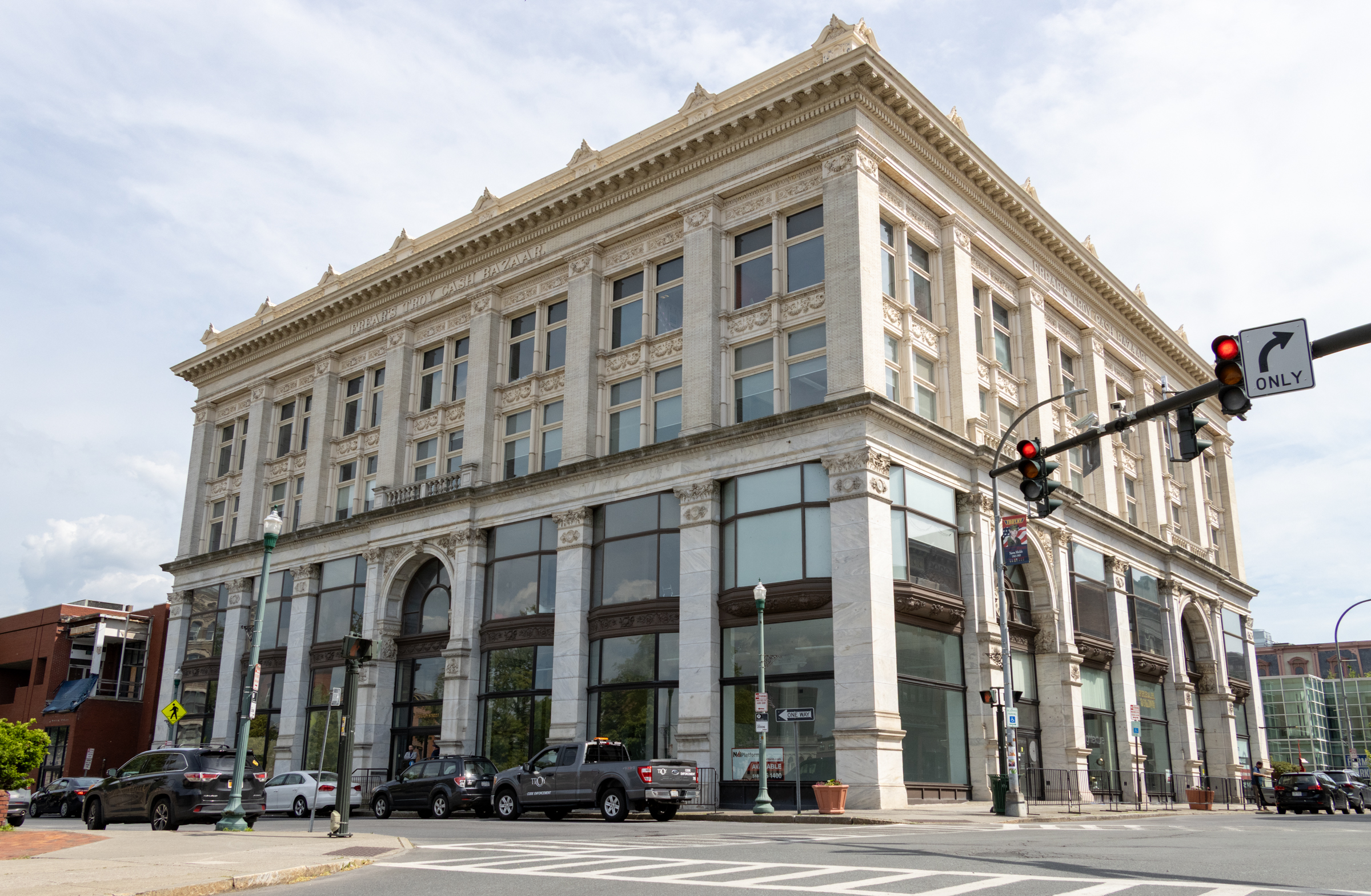
W. H. Frear once ran his dry goods store out of the Cannon Building, but when Frear’s Troy Cash Bazaar needed more space, he built a new commercial palace on 3rd Street. The new store, designed by firm Mortimer and Son of Detroit, opened in 1900. Suzanne Spellen shared the full tale of the rise and fall of the department store in this two-part story.

On River Street is the former American Theatre, currently boarded up and awaiting restoration. A bit of old newspaper digging shows the brick theater with polychromatic tile work accents dates to 1919, when plans were announced for a new motion picture theater to be designed by local architectural firm M.F. Cummings & Son. The site first had to be cleared of the crumbling remains of the Odd Fellows Temple Building, which had been destroyed by fire in 1917. The movie theater opened in 1920 showing “first run photo plays.” In the early 1960s it was renamed Cinema Arts Theater, and its art films eventually became exclusively x-rated content until it was shut down in 2006 and the marquee later removed. Movies may return, with plans for the replacement of the marquee as part of a restoration.
Industrial buildings

One of the more unusual remnants of the Troy’s industrial past is the Gasholder House on Jefferson Street. Built in 1873 by the Troy Gas Light Company, a fact commemorated by a brownstone plaque on the building, it was designed to surround an expandable storage tank to hold gas for lighting under pressure. The tank is long gone, but the striking round structure was left standing. At the time it was documented by the Historic American Engineering Record (HAER) in 1969, it was estimated that only nine other gasholder houses were still extant in the Northeast. It is currently used for storage, but the large, empty space was used for performances in the past, including a series of events marking the bicentennial in 1976.
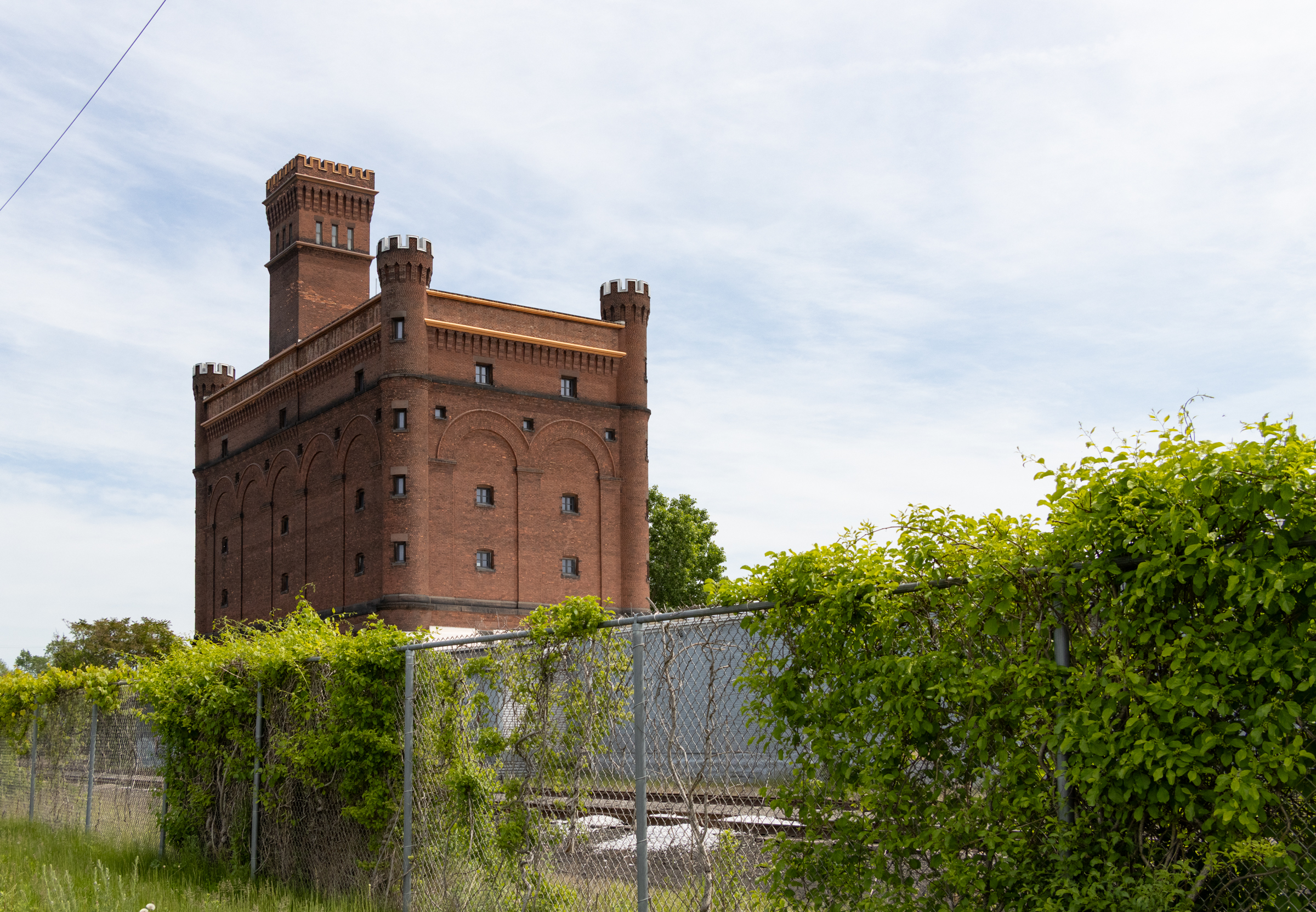
Another industrial remnant is the castle-like Hudson River Terminal Warehouse Company Building, affectionately known as “The Fortress.” While it has a rather fanciful appearance, it was built primarily as a warehouse for reprocessed wool, aka shoddy. Local firm Bulmer & Haynes was announced as receiving the contract for the construction of the six-story building in April of 1900 and by December of the same year the building was complete. Advertised as providing cheap and fireproof storage, the warehouse was equipped with electric lights, elevators, automatic sprinklers, and other modern amenities.

This early 1880s office building for the Burden Iron Co. is the only fully intact structure from a once massive industrial complex. Designed by Robert H. Robertson and recently restored, the building now serves as home to The Burden Iron Works Museum, which showcases the extensive manufacturing history of Troy. A glimpse inside the museum showed an intriguing overview of manufacturing in the city, from iron stoves to Arrow shirts.
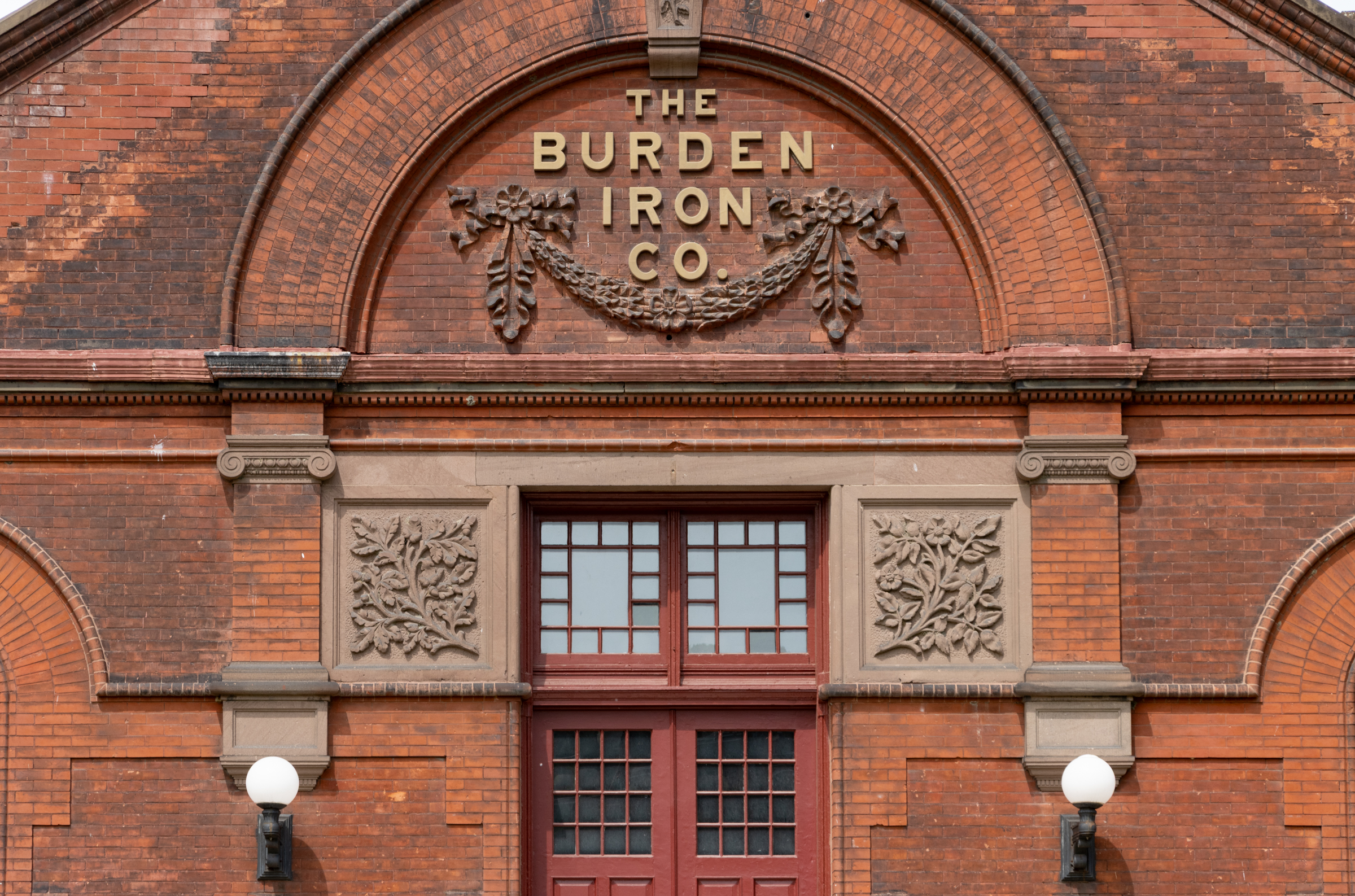
Green spaces
While Washington Park is private, Troy does have other green spaces. It even has its own Prospect Park, the name a definite nod to Brooklyn’s backyard, according to a story by Suzanne Spellen.
It also has Oakwood Cemetery, its own cemetery as rural oasis. Planning began in the late 1840s with an official founding date of 1850. The initial 150-acre site was increased in the 1870s by another 150-acre parcel. While wealthy families purchased plots and built impressive mausoleums, there are more modest monuments as well. The cemetery was open to all, regardless of religion or ethnicity. The scenic landscape includes curving roads, ponds, waterfalls, and large-growth trees.
The cemetery is celebrating its 175th anniversary this year with concerts, special tours, and other programs.

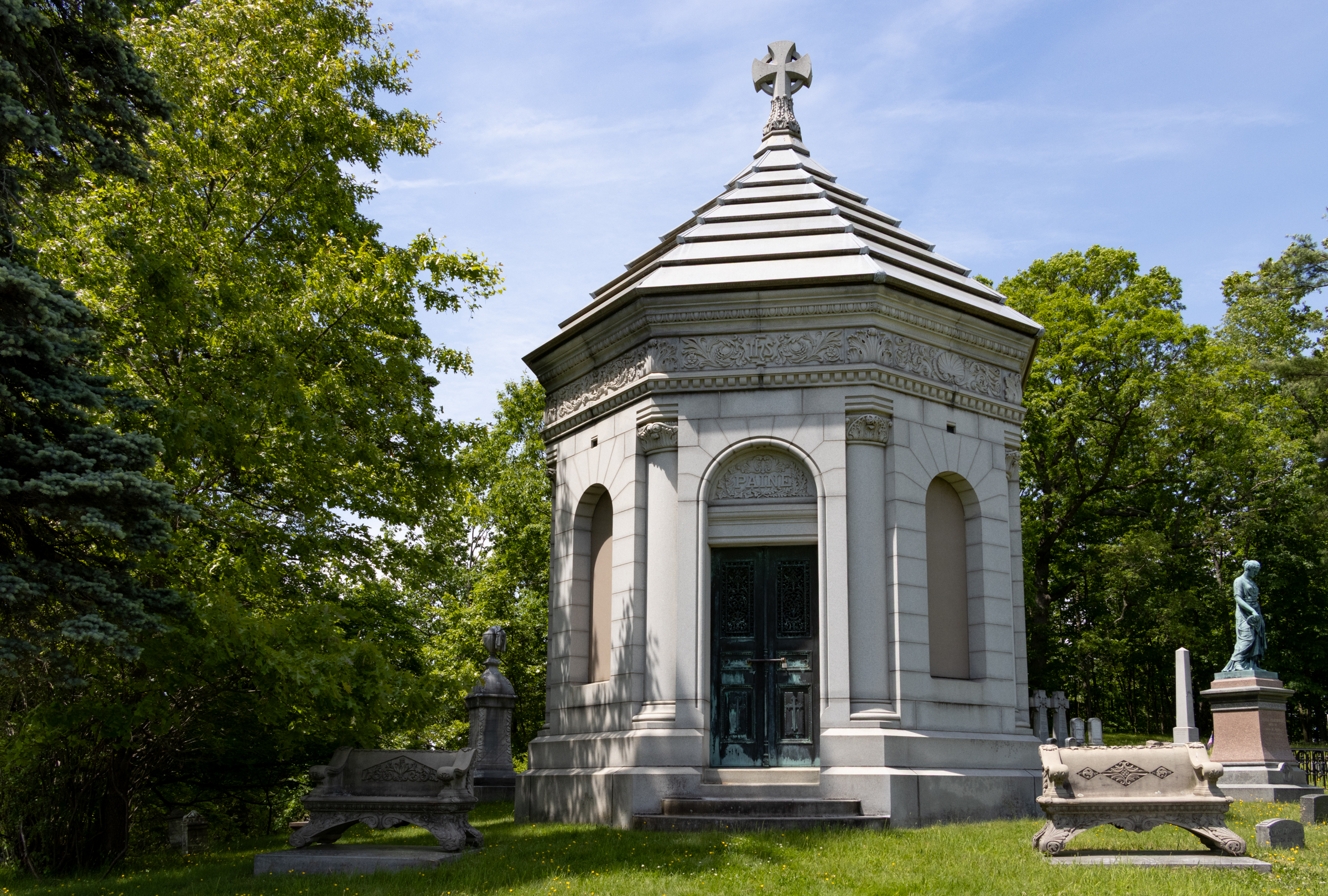


[Photos by Susan De Vries]
Related Stories
- The Story of Uncle Sam, the Embodiment of the Fourth of July
- Walkabout: Frear’s Troy Cash Bazaar
- A Wintry Tour of the 19th Century Houses of Newburgh (Photos)
Email tips@brownstoner.com with further comments, questions or tips. Follow Brownstoner on X and Instagram, and like us on Facebook.

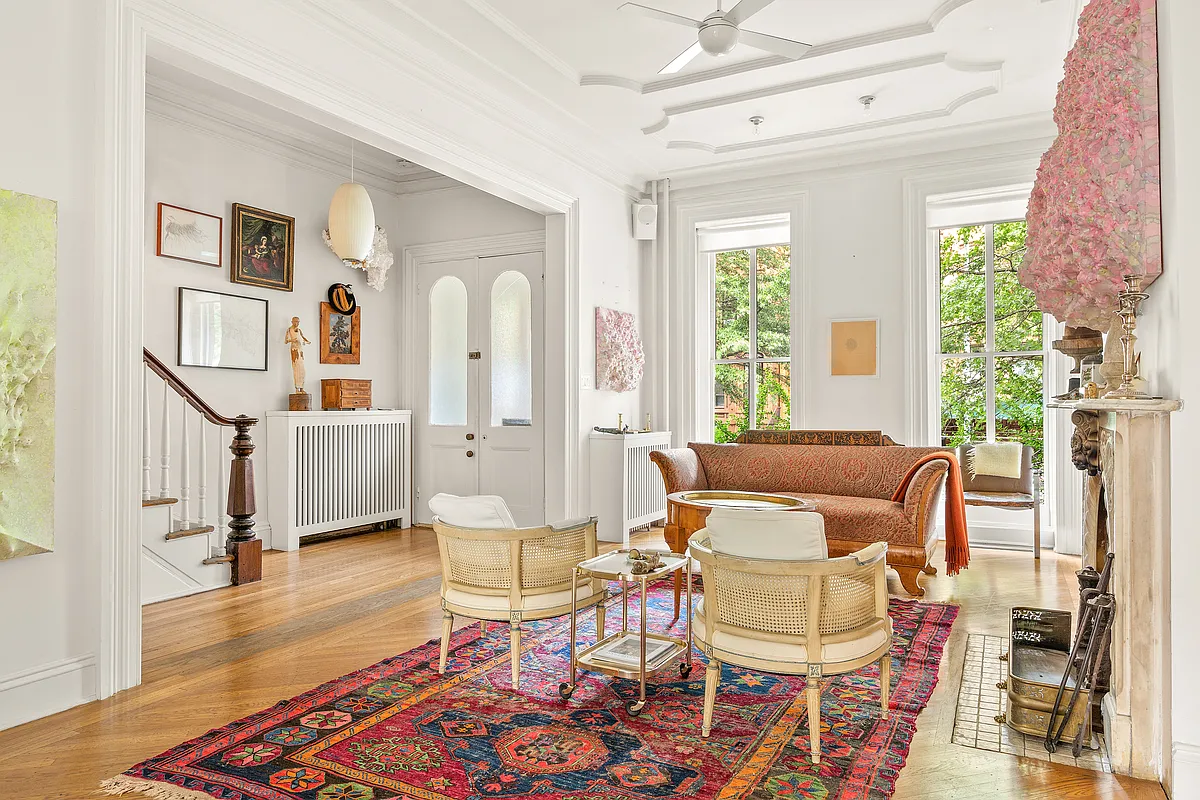
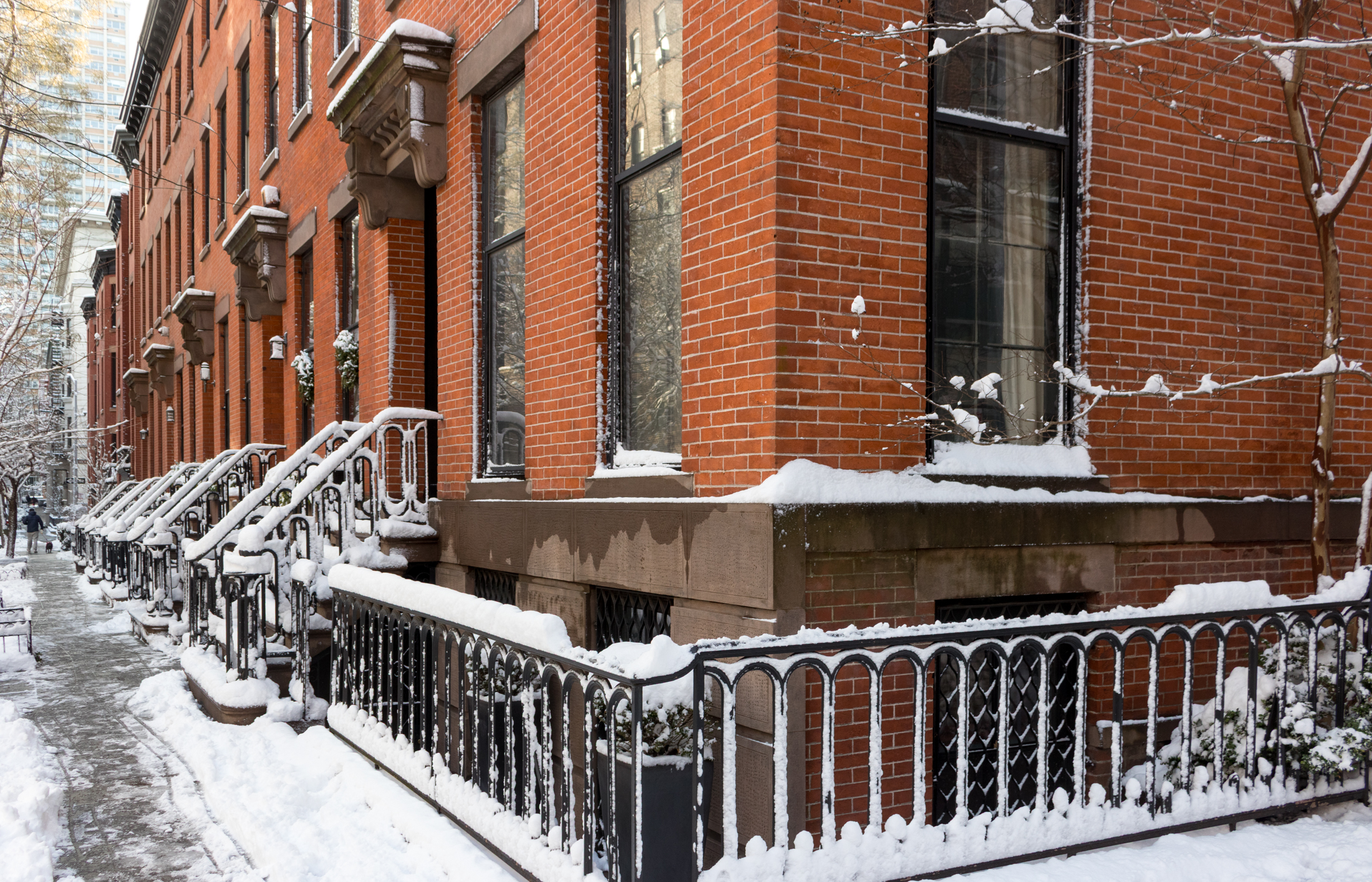
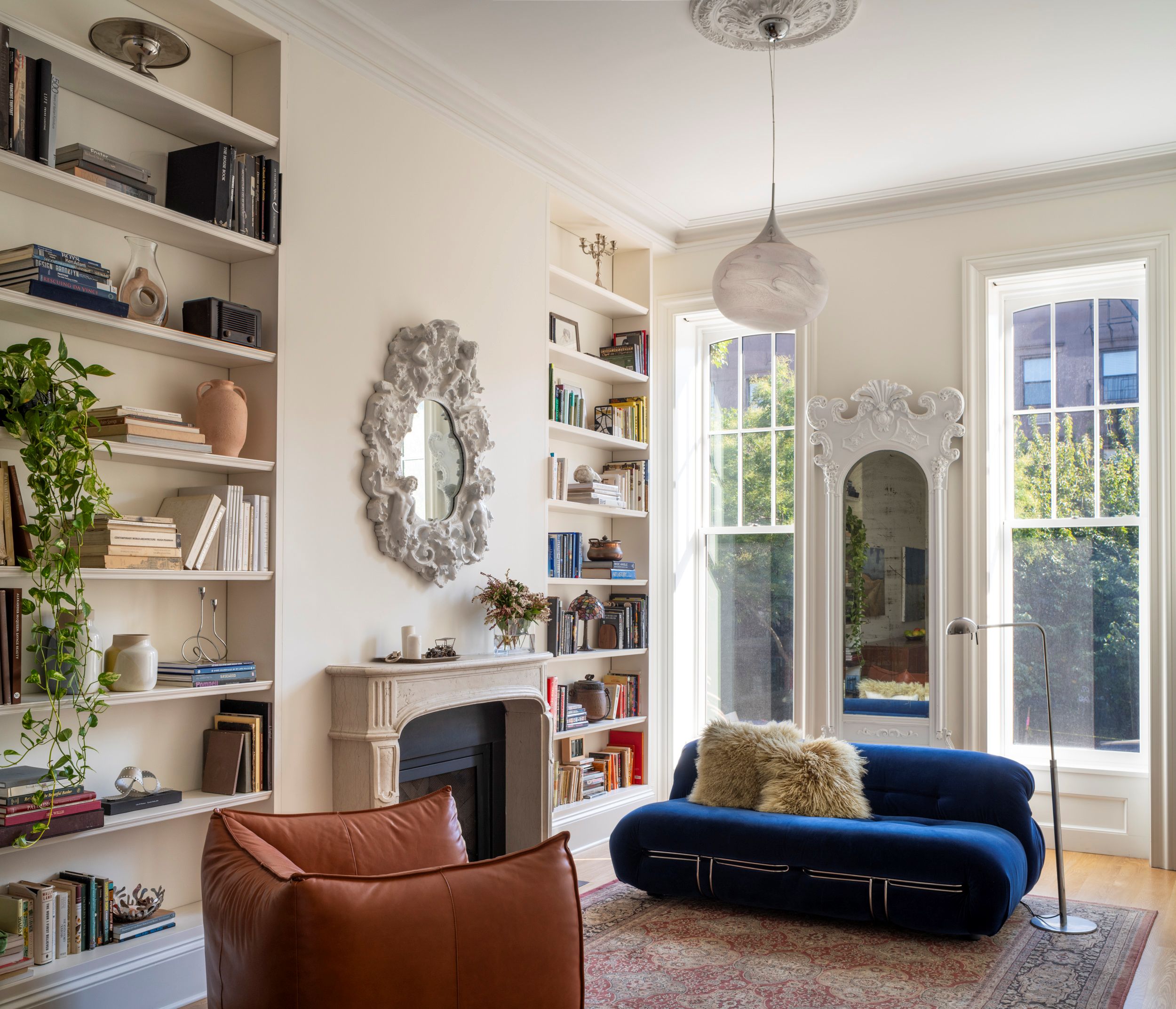
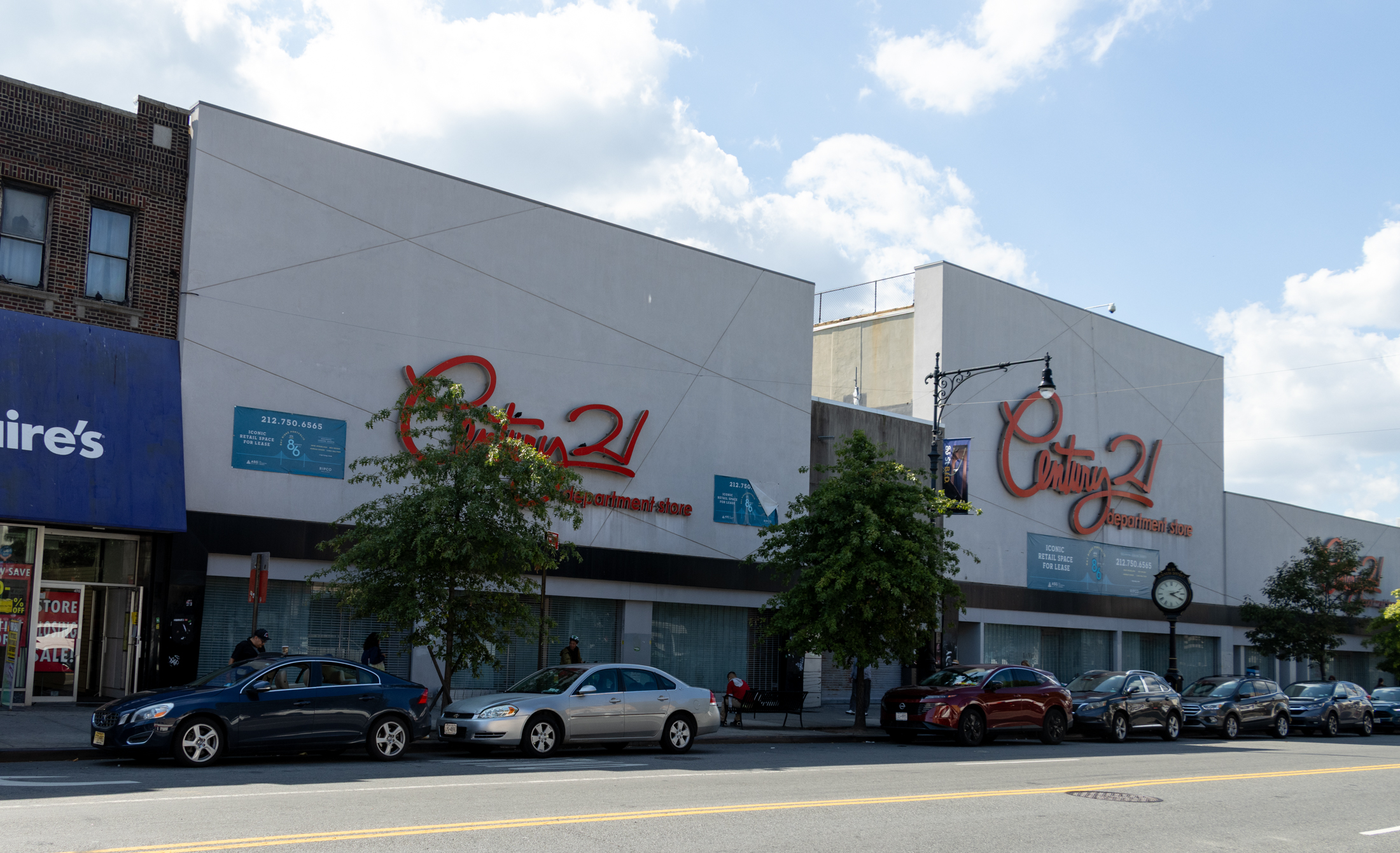
My wide and I were privileged to sew Troy with Suzanne Spellen several years ago. Previously we had only passed through on Rt 4 on the way to Vermont. Troy is a really interesting city.